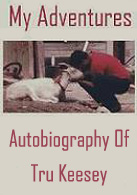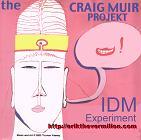Be Kind! Share with your Team, with your Family, with your Buddies!
Click The Button Now & Like This On Your Facebook Page!
Monday, February 27, 2012
History Of Giving Diamond Engagement Rings
An engagement ring indicates to people that the wearer is engaged to another and is about to be married. The presentation and offering of such ring is part of a tradition of courtship in many lands, particularly in Western cultures. In Ireland, North America, and the UK, these rings are normally worn only by ladies. In other lands, both genders don rings, typically matching each other. And in some other lands, engagement rings can be used as wedding rings. In general, taking the ring signals that the woman accepts the man's proposal and represents a formal agreement to a marriage sometime soon. Traditionally, the ring is worn on the left hand of the ring finger.
The custom of offering engagement rings goes back to Roman times. However, it was not traditionally practiced in the West until the 13th century. Indeed, the first recorded use of a diamond ring to signify the formality of a marriage proposal was in an imperial court in Vienna in 1477. During that time, the Archduke Maximilian of Austria presented a ring to his bride-to-be Mary of Burgundy.
Engagement rings were not the only betrothal gifts that were used in the past. For example, before the 20th century, the bride-to-be received a sewing thimble instead of a piece of jewellery. The practice was commonplace, particularly in cultures where strong religious groups do not prefer jewellery. In the islands of the Pacific, cowrie shells were used instead of a ring. Engagement rings did not become popular betrothal gifts until the final years of the 19th century. In fact, it was only in the 30s when diamond stud earrings and diamond rings as gifts for engagement became widely known.
Today, more than 80% of ladies in the West are offered a diamond ring in order to indicate an engagement and a proposal for marriage.















